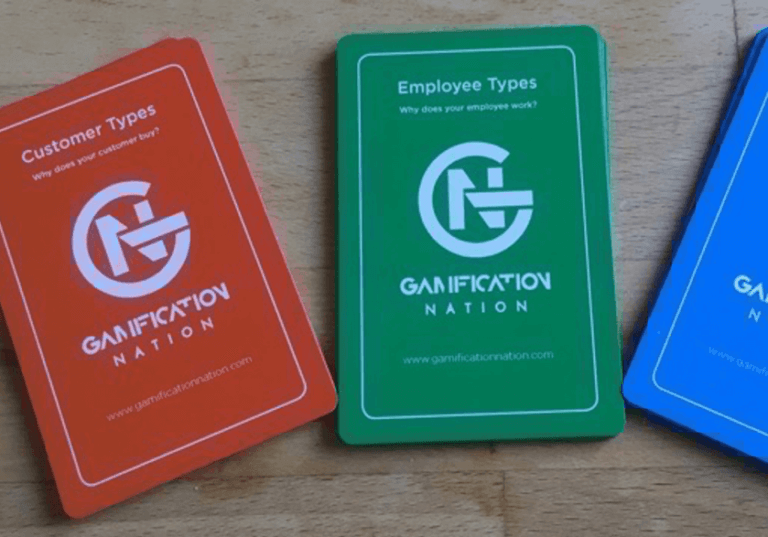Gamification campaigns we love: learning simulators
Simulators are not a new development on the learning scene, but developing them in a game like environment or virtual world, which mimics real life scenarios is part of what can be seen as gamification. In the past two weeks I have seen a number of excellent examples of this kind of learning.
The first one came from the Turkish bank Yapi Kredi bank, their internal academy established a clear knowledge gap and went to design a game based simulator loosely based on Sim City with the aim if I understood it correctly to build a banking empire. Employees were able to work their way up in a branch, steal (yes you read that correctly, but a fun fact I definitely understood) and in the process of playing learn essential skills for the banking day-to-day reality. The game was designed to originally onboard 2000 generation Y employees, but the bank found that some of their most active players were actually baby boomers in their established workforce. The game was played by over 4000 employees and resulted in a saving of over 80,000 training hours, additionally cross selling increased by 19% as a result of the learning simulation.
Everybody at this point will have heard or maybe even played with flight simulators or race car simulators, I definitely have and made myself severely dizzy in the process. After some initial crash test dummy driving, when I got a handle of the car I managed to give it a fair run on the track.
Maersk designed a drilling simulator for their teams to learn to handle real conditions they experience whilst drilling for oil on a rig. The simulator is set as a time limited intervention to a potentially real situation. The team present has to work together to work their way through the situation. Debriefing takes place to gather learning points and potential risks that may have occurred or could be different in reality. Have a look at the clip to see for yourself how they make it work.
[video_player type=”youtube” width=”640″ height=”360″ align=”center” margin_top=”0″ margin_bottom=”20″]aHR0cDovL3lvdXR1LmJlLzROSmpocVZnR29V[/video_player]
I have to say that if it is possible to create a simulation where real scenarios can be practised in safe environments, then absolutely do it. Most of us have learned more from experience, including and probably most significantly from our failures. By setting up a safe environment, you have the potential to save massive failures due to human error in reality. Designing a simulation will take longer and requires a number of decision paths and conditions to be thought through in great detail in order for it to be close to reality. Plan to test a simulation on a target audience of experts and also a target audience of novices, because both groups will find different issues.
Think about this, most of us learned to walk by falling over a lot, but then when we join the corporate world we are supposed to know something after hearing it being said once in a training program. The risk of this approach is a lot bigger than the risk of letting people fail in a safe setting, where the most common and real things are being thrown at them. Research has shown us time and again that learning retention goes up when learning is relevant and learners can actively test their behaviours and decisions by doing with feedback following their choices.




